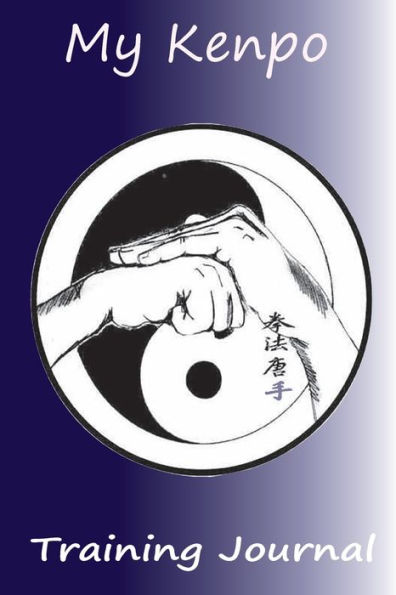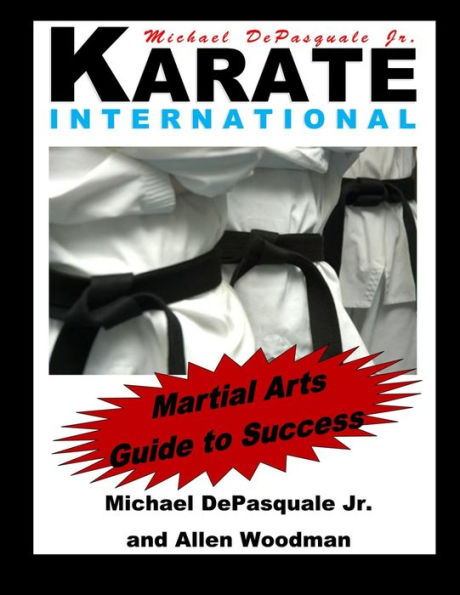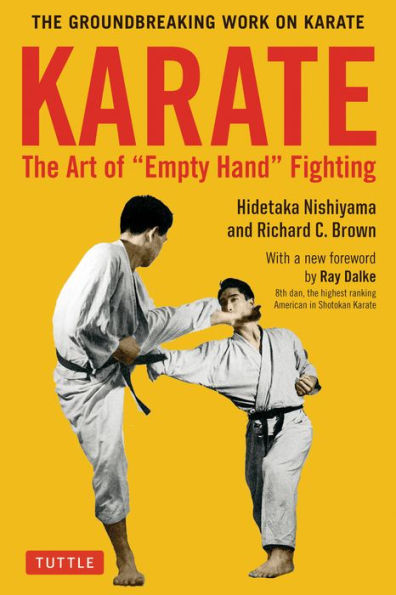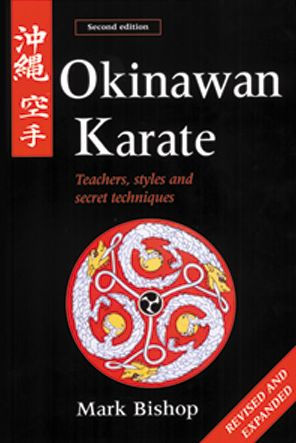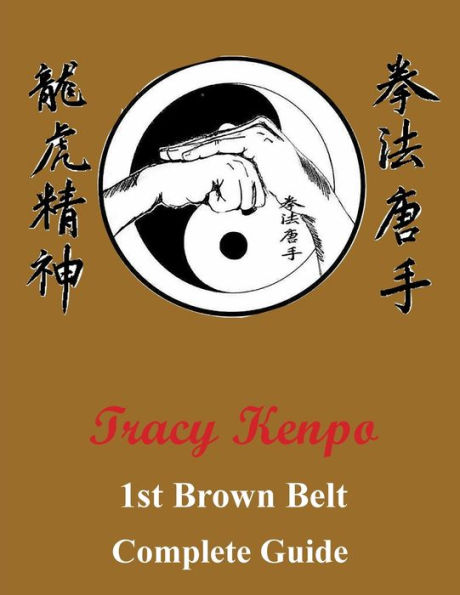Home
How to Create Kenpo Karate 1: The Real History
Barnes and Noble
How to Create Kenpo Karate 1: The Real History
Current price: $14.95
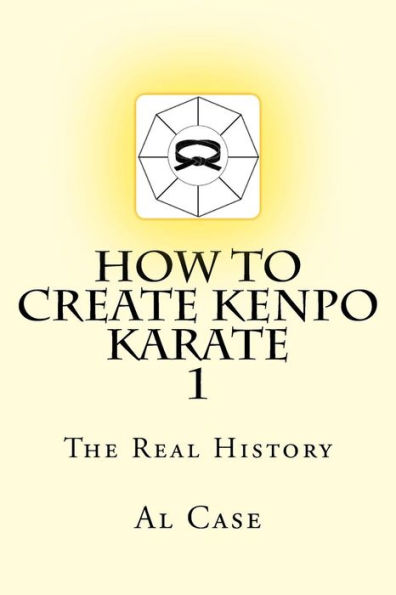

Barnes and Noble
How to Create Kenpo Karate 1: The Real History
Current price: $14.95
Size: OS
Loading Inventory...
*Product information may vary - to confirm product availability, pricing, shipping and return information please contact Barnes and Noble
Introduction to How to Create Kenpo Karate There is a school of thought, in the martial arts, that to be good one must do as they are told, must memorize long and laborious forms, must memorize endless strings of random techniques. Kenpo is one of these schools, and, I hate to say it, perhaps the worst. There are hundreds of random strings of moves to memorize, the forms are more for dance than creating power, and freestyle is a thing apart. And, sad to say, nobody objects, they treat the art as if sacred, never to be questioned. Yet, if you examine those who brought it to us, they questioned the heck out of it. Mitose was interested in self defense techniques, Chow was interested in street fighting techniques, and Parker...Parker was interested in creating a lasting ode to himself. So we are left with something that worked for them, but which has become a mish mash to us. The purpose of these three books, 'How to Create Kenpo, ' is to cause you, the student, to question. To question the masters, to question the system, to question yourselves. To do this, to raise these questions, we will examine Kenpo using something called Matrixing. Matrixing is a form of logic. What matrixing does is enable the student to see a martial art with such clarity that he or she can tailor that art to his or her own specific lights; in this case, to create kenpo so that it is not a series of memorized techniques, but rather a creation of the self. To reach this point, where you create the art, is the essence of all arts, it is the mark of the true artist. How to Create Kenpo Karate consists of three volumes. The first volume has the history, including the mistakes of the pioneers, and the analysis of 54 kenpo techniques. The second volume continues with the analysis of techniques, and includes a short section on how to revise and recreate the forms of Kenpo. The third volume concludes the analysis of techniques, then presents a complete revision of Kenpo, including all belts, and the matrixing theory behind this. You will learn how to write a matrix of your own at this point, though for complete information on how to make and use matrixes you are recommended to view the series called 'Matrixing Karate.' Now, enjoy, and have a great work out! Al Case


